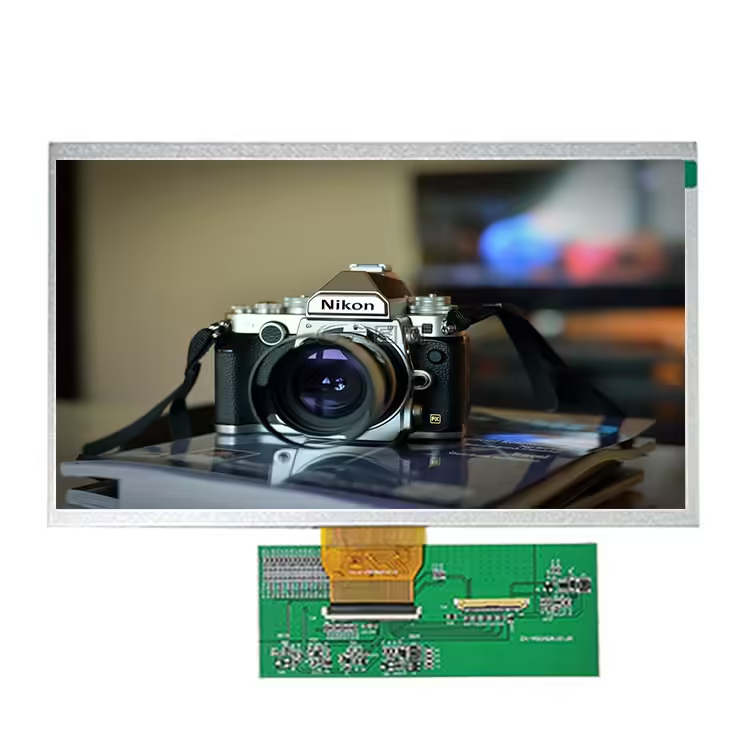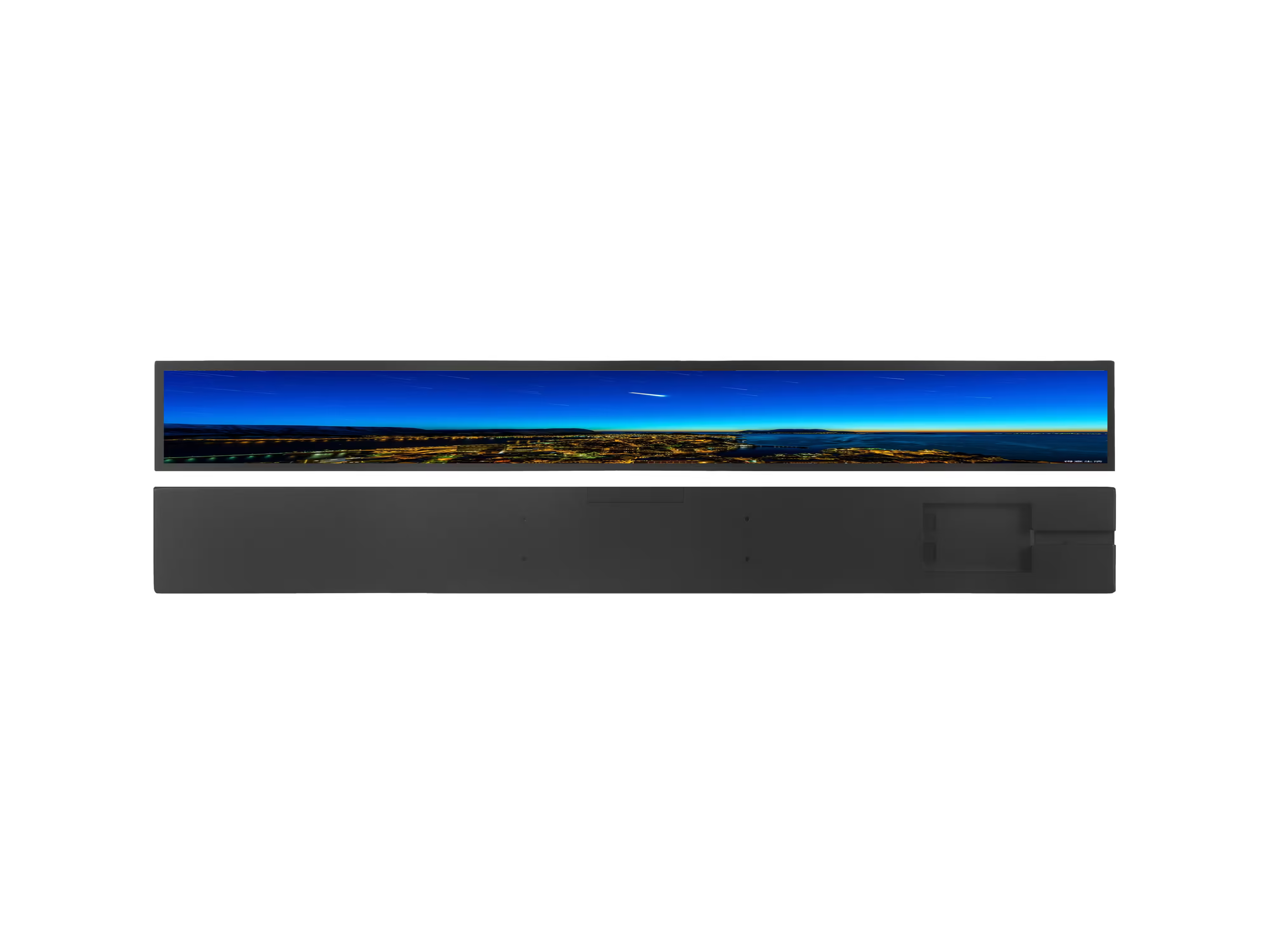In today’s world of embedded systems and microcontroller applications, displaying information to users is a critical aspect. One such ubiquitous module that has proven to be an indispensable tool in this regard is the 1602 LCD (Liquid Crystal Display) module. Developed by various manufacturers, the Chancedisplay brand stands out for its reliable and efficient offerings in the market. This article delves into the intricacies of the 1602 LCD module, focusing on its design, functionality, and the benefits of choosing CHANCEDISPLAY as your go-to supplier.
The 1602 lcd module, named after its 16 characters by 2 lines of display, has been a standard choice for many DIY enthusiasts and hobbyists since its inception. It is an 8-bit parallel interface display, which means it requires only eight data lines to communicate with a microcontroller, making it compatible with a wide range of platforms. Its compact size and compatibility have made it popular in projects ranging from simple calculators to advanced robotics.
The core components of a 1602 LCD module consist of a matrix of liquid crystal cells, a controller, and several support circuitry. The liquid crystal material is sandwiched between two polarizing filters, allowing light to pass through when an electric field is applied. The controller manages the driving voltage and timing to create the desired alphanumeric characters and graphics on the screen.
One of the key features of the 1602 lcd module is its command set. It supports a variety of functions such as clearing the screen, scrolling text, changing font modes, and manipulating cursor movement. These commands can be easily sent to the module using a microcontroller, enabling developers to create dynamic user interfaces without much hassle.
When it comes to power consumption, the Chancedisplay 1602 LCD module is designed to be energy-efficient. It operates at a typical current draw of around 5-10mA, making it suitable for battery-powered projects where power conservation is essential. The low power consumption also contributes to longer battery life, a crucial factor in portable devices.
Chancedisplay, as a brand, offers a range of 1602 LCD modules with different backlight options, including no-backlight, green LED, and blue LED. This versatility allows users to choose the best-suited module for their application based on aesthetics, readability, and cost considerations. Their products are known for their high-quality construction, ensuring long-term reliability even under harsh environmental conditions.
Another advantage of the Chancedisplay 1602 LCD module is its compatibility with various microcontrollers. It supports both 5V and 3.3V logic levels, making it compatible with popular platforms like Arduino, Raspberry Pi, and PIC microcontrollers. Additionally, Chancedisplay provides detailed documentation and tutorials to help users integrate the module seamlessly into their projects.

When it comes to programming the 1602 LCD module, various libraries and APIs are available online, such as the popular LiquidCrystal library for Arduino. These libraries abstract the complexities of the command set, making it easy for beginners to get started with LCD programming. CHANCEDISPLAY‘s user-friendly resources often come with pre-configured libraries, saving time and effort for developers.
However, it’s worth noting that while the 1602 LCD module is a tried-and-tested technology, it may not be the most suitable choice for modern, high-resolution applications. For those seeking more advanced displays, newer modules with higher pixel densities and touch capabilities may be a better fit. Nonetheless, the 1602 remains a valuable foundation for learning and prototyping due to its simplicity and affordability.
In conclusion, the Chancedisplay 1602 LCD module is a versatile and reliable solution for displaying information in a wide range of projects. Its compatibility, efficiency, and ease of use make it a popular choice among developers. Whether you’re a seasoned engineer or a beginner exploring electronics, Chancedisplay’s offerings provide a solid platform to build upon. As technology evolves, the 1602 LCD module will continue to serve as a cornerstone for those seeking a simple yet effective way to present data to users.


